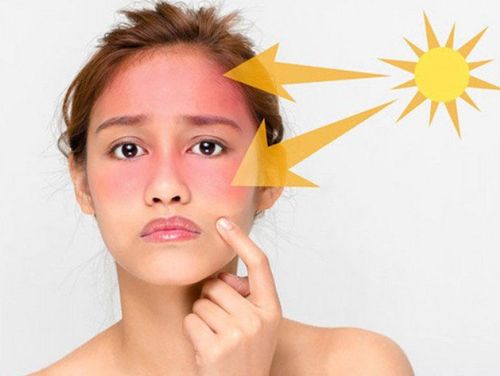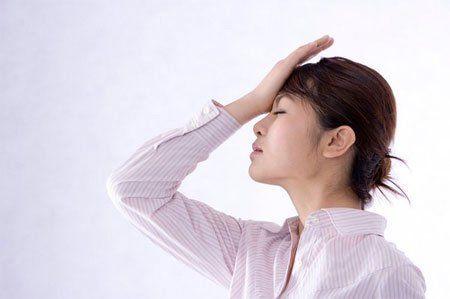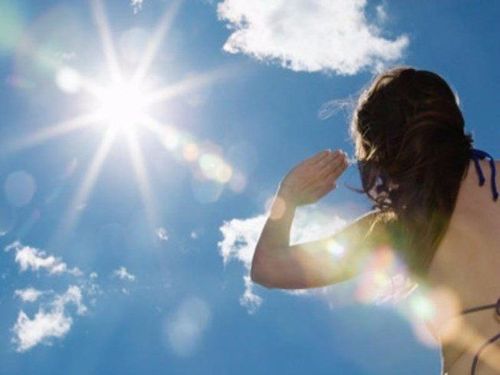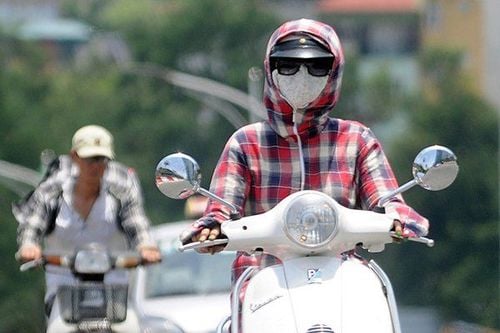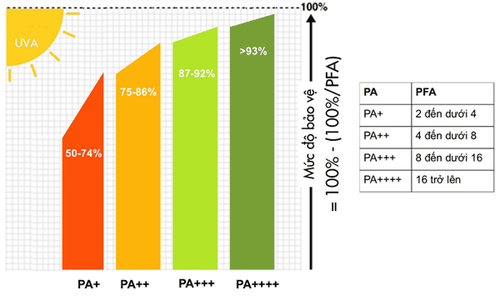This is an automatically translated article.
The article was consulted with Specialist Doctor I Tran Van Sang - Dermatologist - Department of Medical Examination & Internal Medicine - Vinmec Da Nang International General Hospital.The peak heat is the time when the UV index in Hanoi and the UV rays in Saigon are high, which can affect health, especially those who are often exposed to the sun. Know what time of day UV rays are strongest to proactively avoid.
1. What are UV rays? Harmful effects of UV rays?
UV rays, also known as ultraviolet rays or ultraviolet rays, it exists even when it is raining or cloudy, is a ray of low wavelength, high frequency and invisible to the naked eye.UV rays include three types A, B and C, in which UVC rays are the rays with the greatest energy that harm the body the most, but due to the absorption of the ozone layer, almost all UVC rays are blocked. UVA rays make up 95% of the ultraviolet rays that reach the earth and UVB rays make up 5%.
UV rays have the effect of helping the body synthesize vitamin D, fight rickets, cure some skin diseases... However, if the intensity is high and frequent exposure to UV rays can be harmful to the body. .
Harmful effects of ultraviolet rays on the body:
Skin aging, changing the DNA of skin cells has the risk of causing skin cancer, melanoma.
Causes heatstroke, black skin. Affects the eyes when in direct contact with the eyes, mildly causing temporary loss of vision after a period of self-limiting, more severe causes retinal failure, cataracts and may cause complete vision loss.
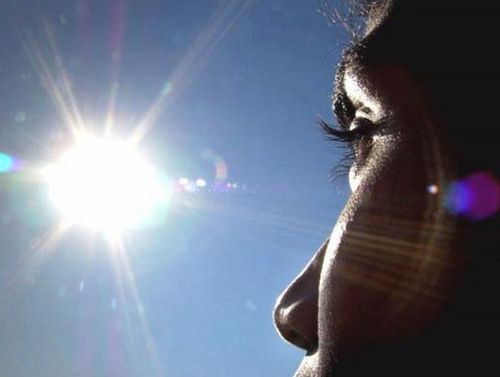
2. Where are UV rays?
Ultraviolet rays are electromagnetic radiation emitted by sunlight. Ultraviolet rays make up 10% of the sunlight that reaches the earth.Ultraviolet rays are present in the sun: When we are exposed to direct sunlight, the impact of the rays is strongest on the skin. Ultraviolet rays are in the shade: When it is shaded, or when we stand in a sheltered place or in the shade of trees, UV rays still have an impact on the skin, but the level is milder when exposed to direct sunlight. sunny. Ultraviolet rays can penetrate glass and affect the body even when we are in greenhouses. Artificial UV sources: Available in fluorescent lamps, halogen lamps...
3. When is the intensity of UV rays strongest?
The time when the intensity of UV rays is strongest is from 10 a.m. to 3 p.m. During this period we should minimize outdoor movement and when necessary take measures to prevent UV raysUV rays reaching the ground depend on many factors such as location, altitude, time in day, time of year and cloud cover. People evaluate the danger of UV rays through the UV index, the higher the UV index, the greater the ability to affect the body.
On extremely hot days, the UV index is at a high level and there is a high risk of causing skin cancer. The UV index in Hanoi and the UV index in Saigon is around 10-11 and has a high risk of affecting the skin and eyes when exposed to direct sunlight.
4. UV protection?
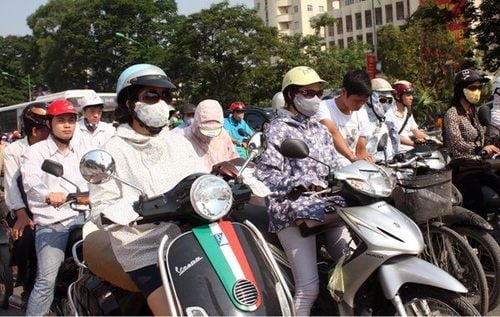
Please dial HOTLINE for more information or register for an appointment HERE. Download MyVinmec app to make appointments faster and to manage your bookings easily.





